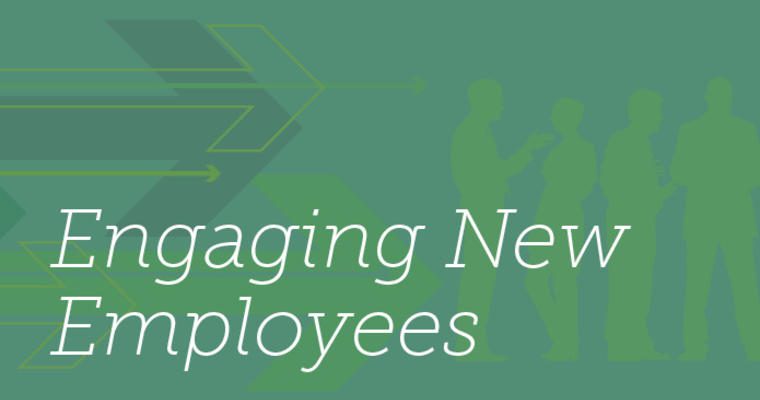Congratulations, you’ve filled that empty position. Now comes the most critical phase of your new employee’s tenure—the 90-day probation period, when you acclimate him or her to your operation.
Just remember that your new hire also has you on probation during these three months. If they’re not happy with their experience, they’re liable to move on—and you’ll have to start the hiring process all over again.
Here are a few tips for conducting a probationary period that reduces employee turnover by heightening engagement with you and your company.
Be direct. Begin the new employee process by discussing how both of you will give each other the benefit of the doubt and display a level of tolerance for your different perspectives and experiences.
Build a relationship. There’s a strong correlation between the relationship a person has with their immediate supervisor and their long-term success on the job. People want to prove themselves to managers they like and respect, so try to create a personal connection.
Be a role model. Most of us learn our work habits by copying people we admire. Whether you realize it or not, the new person is watching you. So model the behaviors you want him or her to adopt—and monitor their progress.
Be generous with praise. Reinforce good work with positive affirmations. Be very clear about the behaviors you’re complimenting.
Have all the answers. Your new employee will have a lot of questions running through their mind. Will I be accepted? Am I going to like it here? Will I be able to do the work? You should address these concerns without being asked—and re-address them throughout the probation period. Assure your new hire that it’s okay to admit they don’t know something—you’re there to fill in the blanks.
Meet often. Check in with your new person every day during the first month. Make it a couple of times a week during the second month, and once a week in the third. These meetings shouldn’t be rigid—make them flexible and fun.
Never say wrong. Any criticism should be presented in the manner of “try it this way” rather than “you’re doing it wrong.” Always focus on the positive aspects of learning, performing, and communicating.
See if they get it. The best question to ask a new hire—or any hire, for that matter—is, “Why do you think we stress this type of outcome so strongly here?” The correct answer, of course, is “because we want our customers to experience the best of what we have to offer.” Ask on a frequent basis until the light bulb goes off and the employee gets it. Then you’ll know they have what it takes to succeed.
Engage employees from day one with a compelling probation experience and you’ve passed a major hurdle in reducing turnover. But you can’t rest on your laurels—you must continue to find new ways to engage employees and inspire loyalty, every day.




























